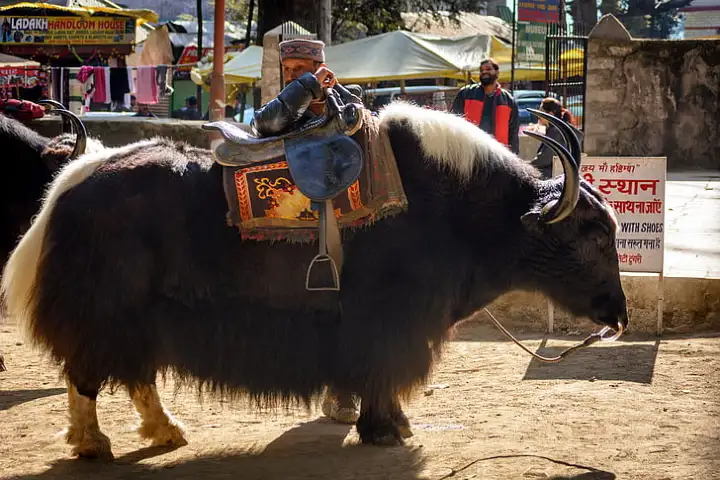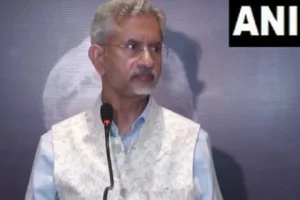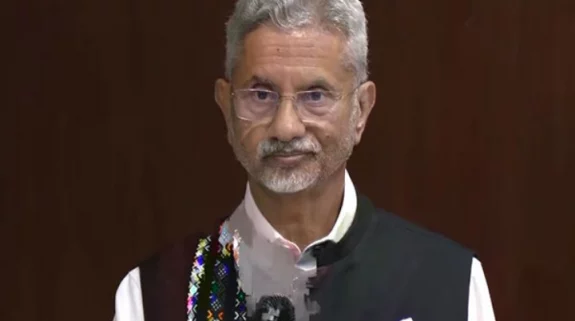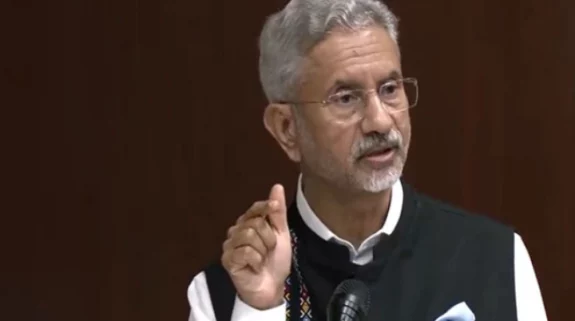In a significant move, the Food Safety and Standard Authority of India has approved of the Himalayan Yak as a food animal. A food animal is a one which is raised and used for eating by human beings.
This decision is important as it will help to stem the declining population of these high-altitude bovine animals by making them a part of the conventional milk and meat industry.
While yak milk is highly nutritious, rich in fat, contains essential minerals and has medicinal value, its meat is known to be very lean and better than beef.
Over the years there has been a decrease in the yak population. In 2019 there were 58,000 in India which is a 25 per cent drop from 2012.
Dr. Mihir Sarkar, Director of the National Research Centre on Yak located in Dirang in Arunachal Pradesh’s West Kameng district briefing the media informed that this decline had become a cause of concern to the local users, government officials and conservationists.
The decline he said could be attributed to less remuneration from yak forcing the younger generation to give up rearing them. “It is mainly because yak milk and meat are not a part of the conventional dairy and meat industry; their sale is limited to local consumers,” Sarkar observed. Commercialization of yak’s milk and meat products is expected to result in entrepreneurship development.
Sarkar added that in 2021 NRC-Yak had submitted a proposal to the FSSAI, for considering the yak as a food animal. “FSSAI’s recognition will help farmers benefit economically for rearing the animal and it will open up several vistas of economic benefits for both farmers and food processors,” he said.
Yaks play a vital socio-cultural-economic role for the pastoral nomads who rear them for eating and livelihood as there is hardly any agricultural activity in the high reaches of Himalayan region. Their rearing is primitive and unorganised.
NRC-Yak has developed a semi-intensive model of rearing these animals in which they are kept in an open area and paddock throughout the year.
In India Ladakh and J&K have the largest population of 26,000 yaks followed by Arunachal Pradesh which has 24,000.



















